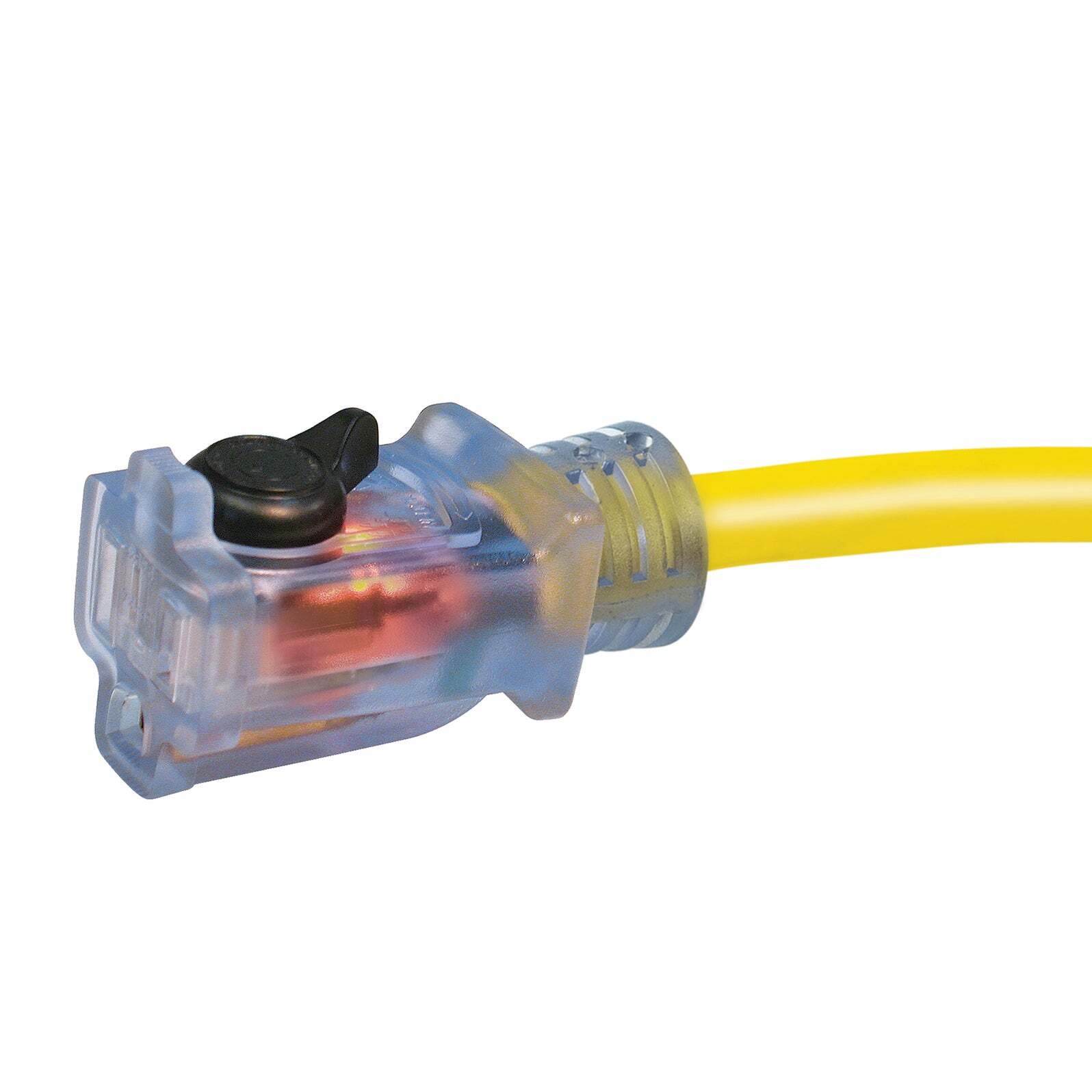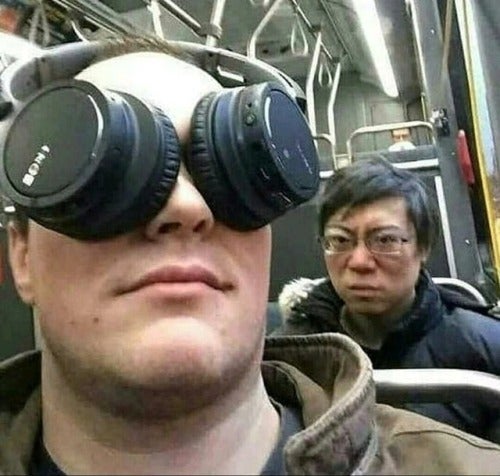I’m going to disagree with most of these comments. They don’t protect the prong so much as they protect the cord or other objects in the cords vicinity (painted surfaces, fragile surfaces, etc). The little plastic cap that covers tire stems on cars and bikes , while keeping it clean when installed, are primary to prevent chaffing issue on the inner tube whike shipped and stored; same thing with this prong shroud. They have holes in them as to not retain moisture I imagine.
Long story short, the prongs are metal and have corners. They are the strongest, “sharpest” thing in the box. The plastic isn’t protecting the prongs from us, it’s protecting us from the prongs.
I believe it’s to protect the prongs from getting damaged during shipping - and if the container gets rained on or something, it could provide some protection from that
I’m of the opinion that it’s just to improve the perception of package quality. I don’t see those cheap plastic pieces as keeping the prongs from accidentally warping or bending but I guess they could keep moisture away. I’ve never received a corroded set of prongs before their use though so my theory stands as they are upping the packaging visual aesthetics.
It’s a condom (only sort of kidding): They’re just meant to protect the prongs in shipping so they’re less likely to get bent, corrode, etc.
Typically they’re discarded after you start using the device but if it’s something frequently put into storage you could hang onto it.
I like how many of the new top level comments on here are going the way of Reddit already.
One-liners trying to be funny or make puns instead of actually engaging in conversation, indistinguishable from bots. :(
It’s to protect the prongs during shipping or whatnot so they don’t get bent, or to protect other things in the package from the prongs scratching them up. Might also protect them from corrosion.
Yeah, it keeps the cheese 🍕 from sticking to the box.
The real interesting question is those two holes in the end of two of the prongs.
What are they for?
A long time ago there were two little dimples inside the outlet that corresponded to those holes, they would kind of help snug the cord in place and hold it in. Modern outlets don’t need that anymore since they kind of squeeze the prongs with springs, so why are we still drilling holes in all the plugs?
Well, it turns out, that if you don’t drill them, consumers think there is something wrong with the plug and don’t want to use it. True story.
Apparently, there are places out there and manufacturers that have decided to stop drilling the holes. I’ve seen one or two of those plugs and they immediately look extremely weird.
The only time I saw one was on a cheap dollar store plug. I immediately thought it was defective.
This is neat info!
It’s not really what the holes were made for, but there are some extension cords that have a locking feature; a pair of plastic pins moved by a lever that lock into those holes preventing it from unplugging. Handy for dragging power tools around the shop.

We just always made a loose knot where they joined.
Keeps the cords from coming unplugged and reduces the stress on the plugs
I recently saw a video on this and they said that the holes are used in manufacturing and showed an example. I’ll see if I can find the video.
It was probably the Technology Connections one. Even if not, I strongly recommend his channel.







